18 GPTs for Web Browsing Powered by AI for Free of 2025
AI GPTs for Web Browsing are advanced artificial intelligence models designed to enhance and facilitate web browsing tasks. Utilizing Generative Pre-trained Transformers (GPTs), these tools are adept at understanding and generating human-like text, enabling them to assist users in navigating the vast information available online efficiently. They are specifically tailored to address tasks and topics related to web browsing, such as summarizing content, answering queries based on web search, and even directly browsing web pages to extract relevant information. This integration of GPTs into web browsing tools signifies a leap towards more intelligent, context-aware, and user-friendly web interactions.
Top 10 GPTs for Web Browsing are: Voxscript,라이튼(writn) - 모두를 위한 AI,Robotic Responder,ACME,Toto,"Innleadair sgiobalta",Boy,Cosmic Curator,PixelGPT,LAPLACE 明前奶绿
Voxscript
AI-driven Insights at Your Fingertips
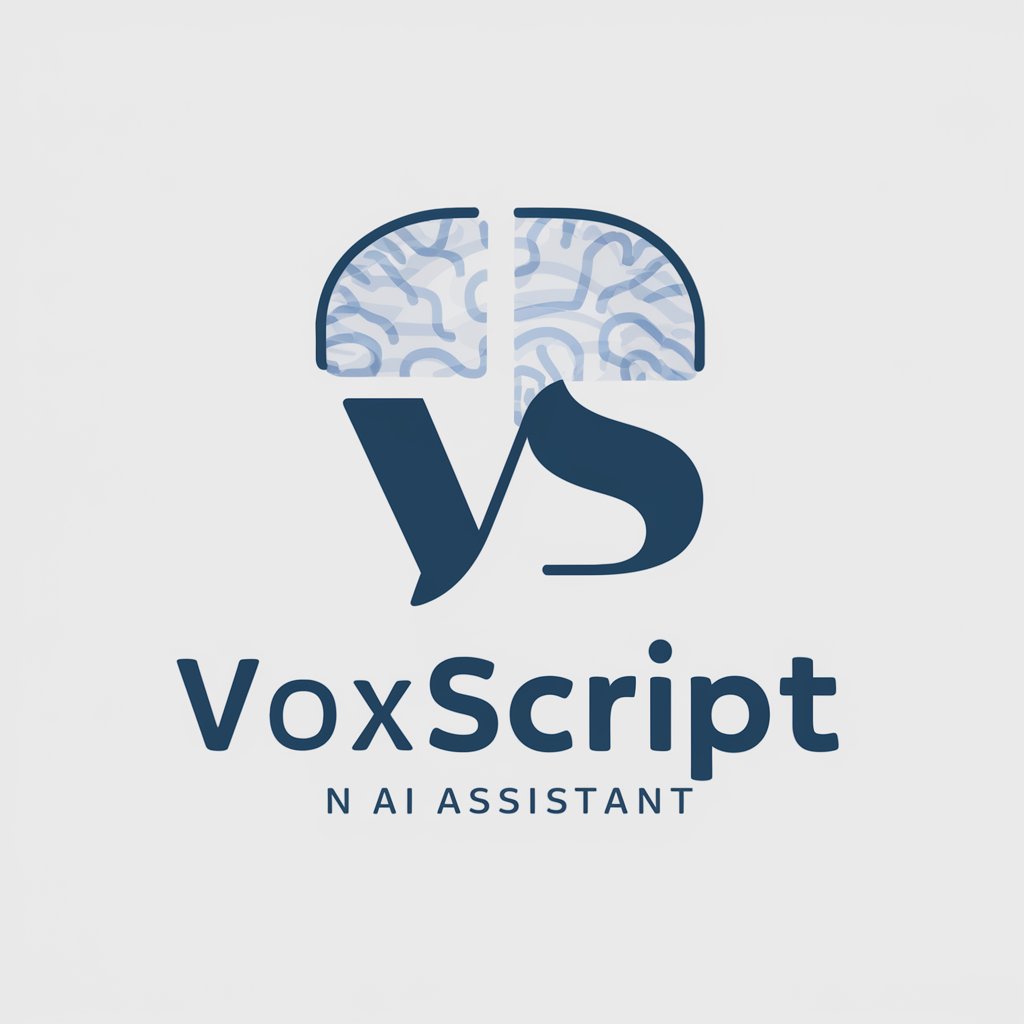
라이튼(writn) - 모두를 위한 AI
Enhance everyday tasks with AI power
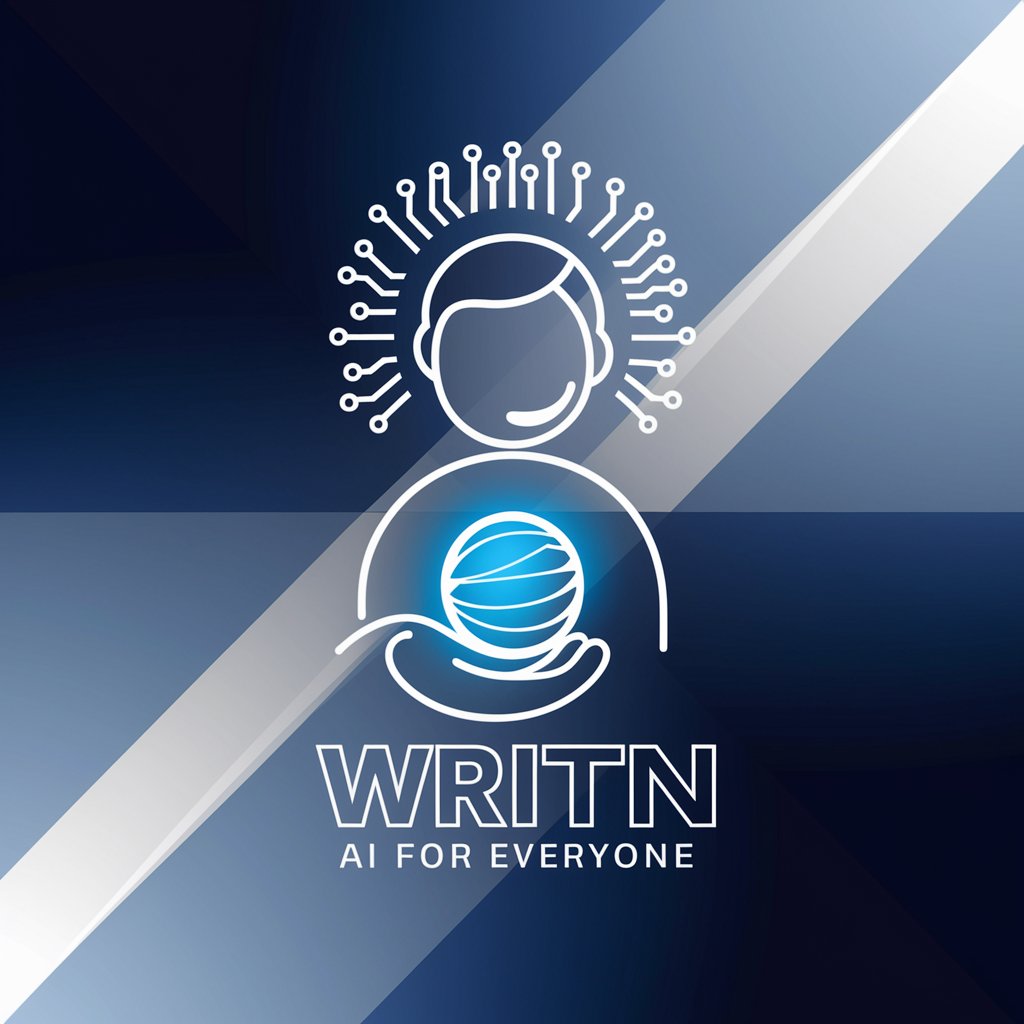
Robotic Responder
AI-powered ethical decision-making assistant.
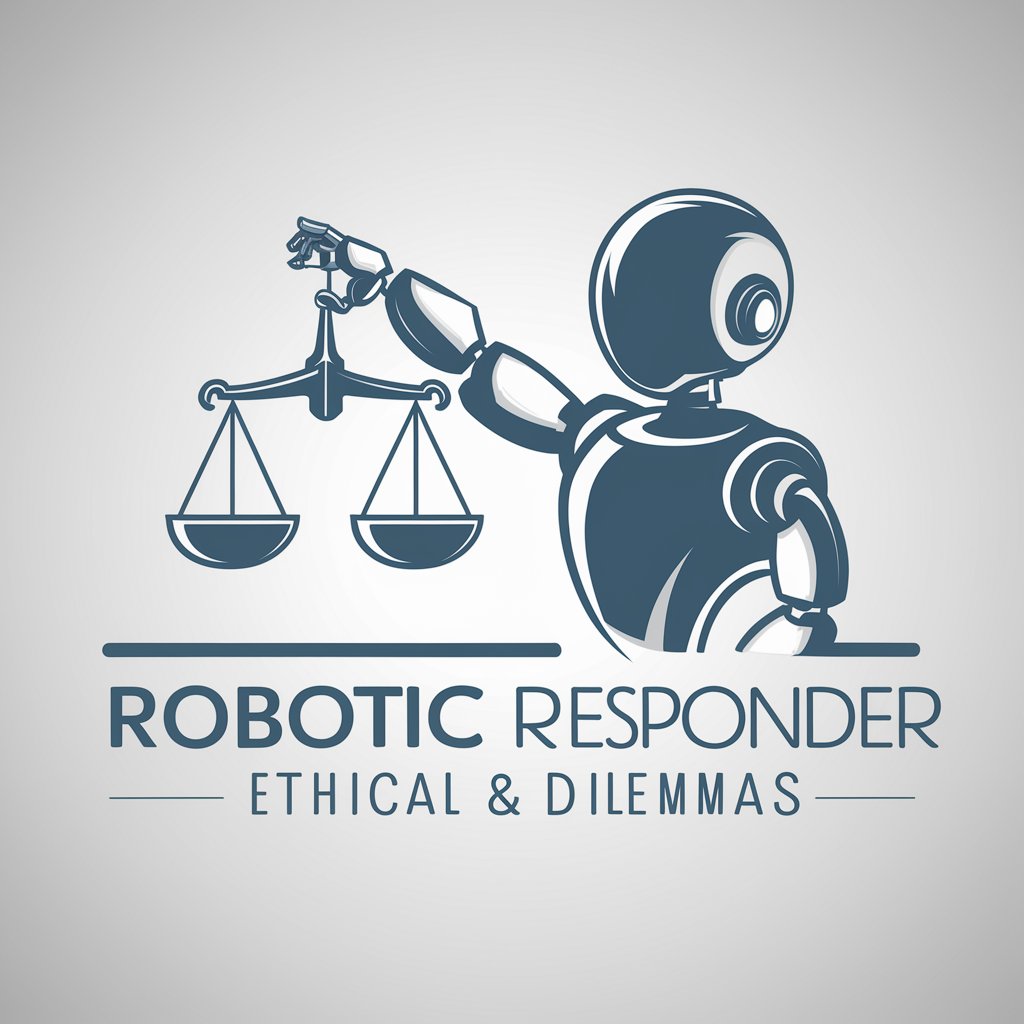
ACME
Empowering creativity and productivity with AI

Toto
Adventure with AI, Discover with Toto
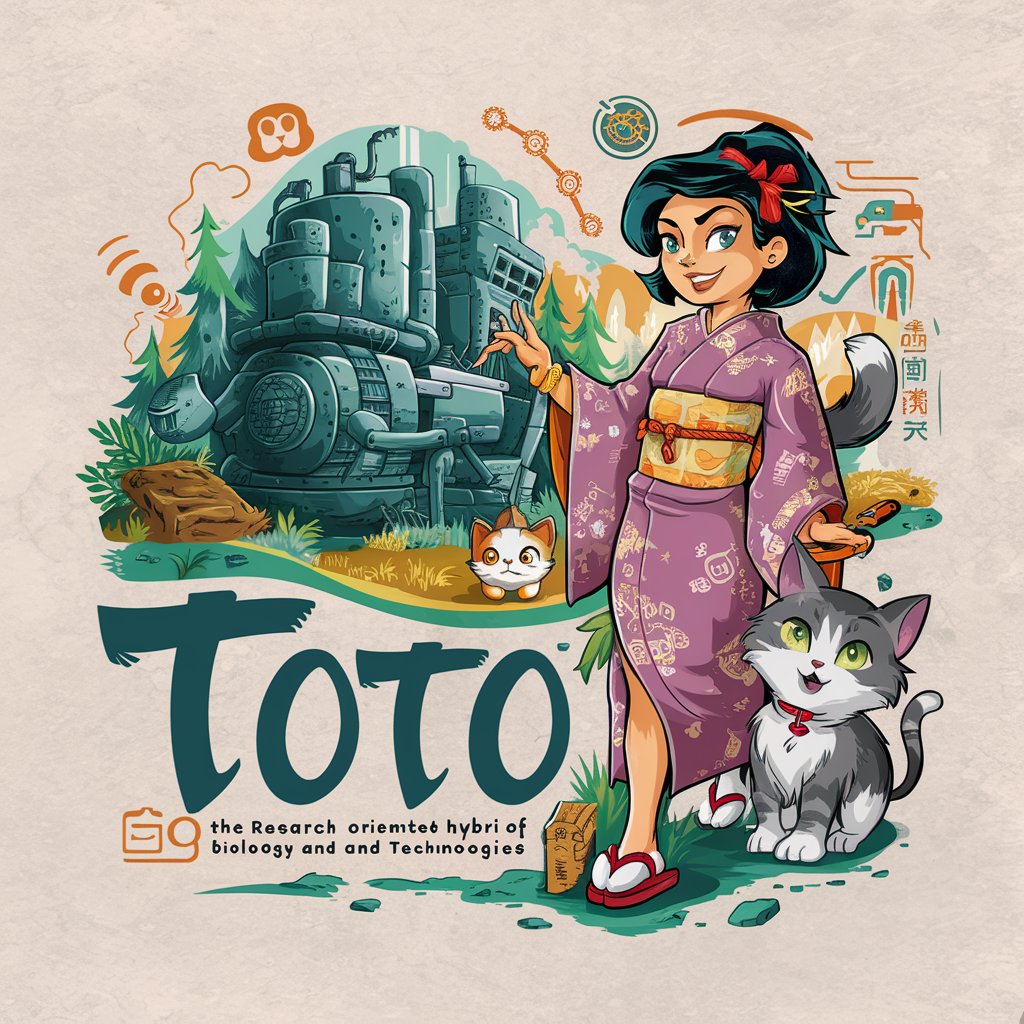
"Innleadair sgiobalta"
Elevate Your Creativity with AI
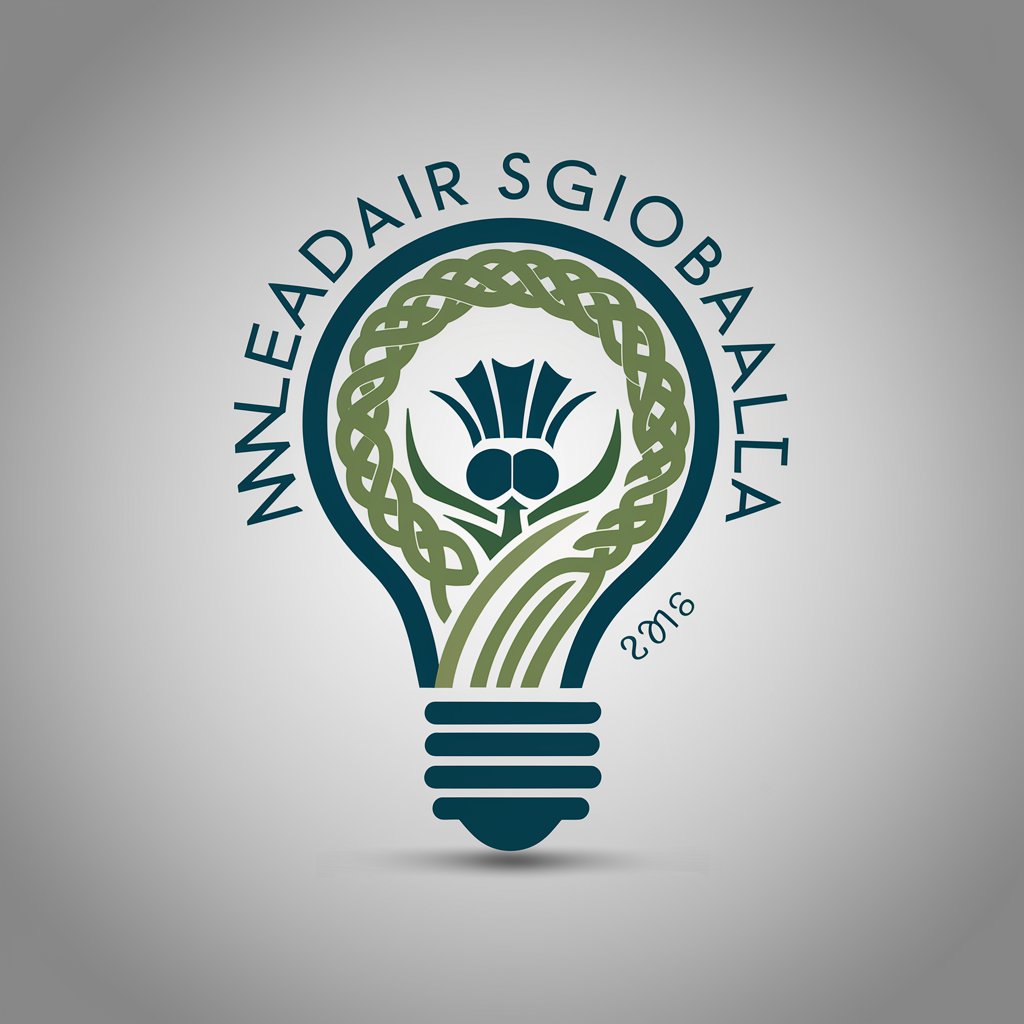
Boy
Unleash creativity with AI-powered imagination
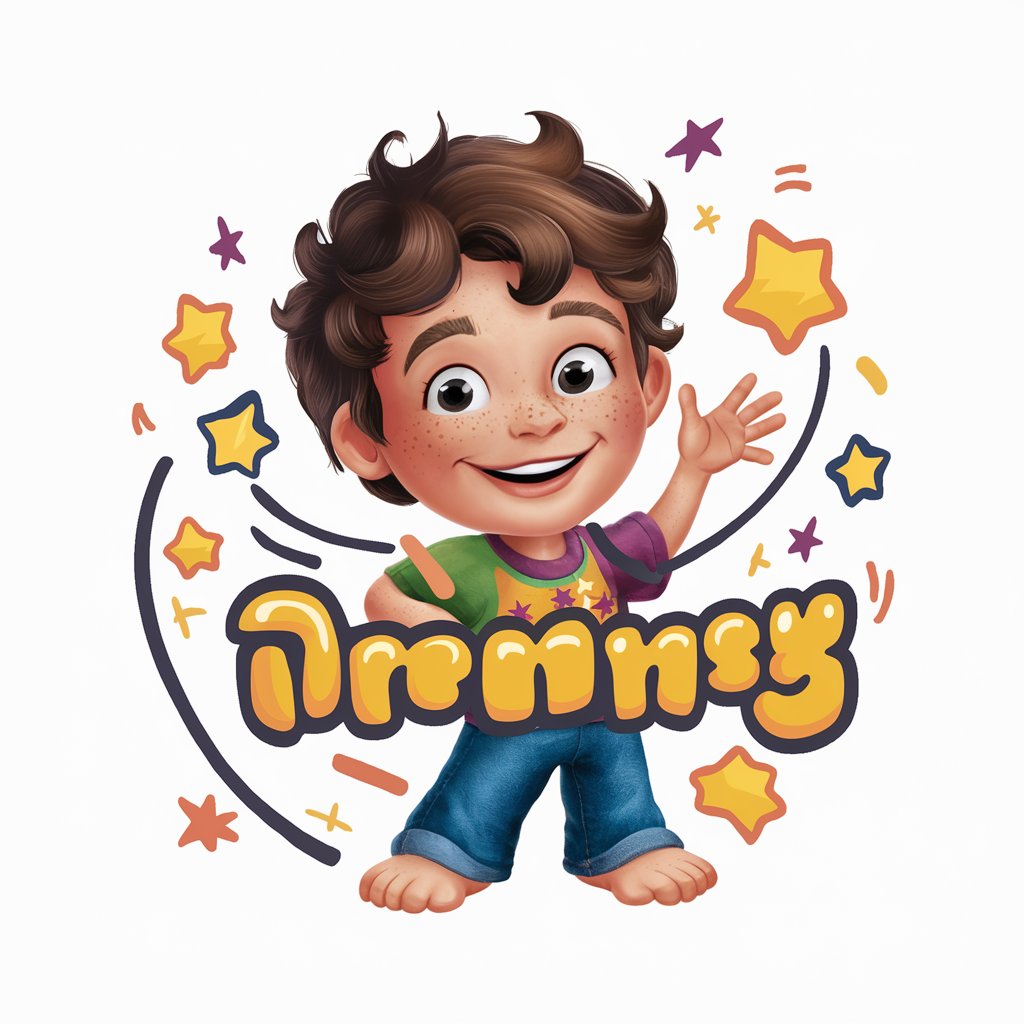
Cosmic Curator
Exploring the Unexplained with AI
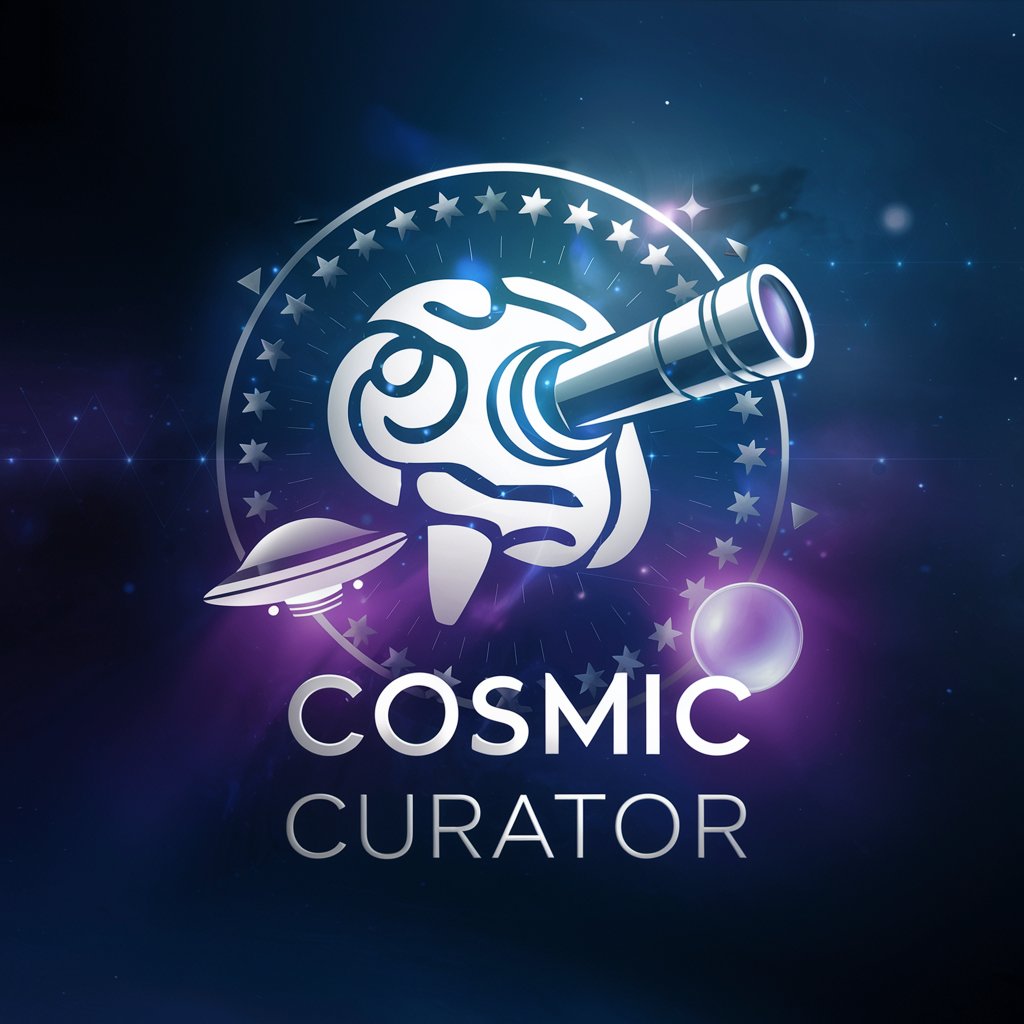
PixelGPT
Empowering Creativity with AI

LAPLACE 明前奶绿
Elevate your chat with AI-powered humor and creativity
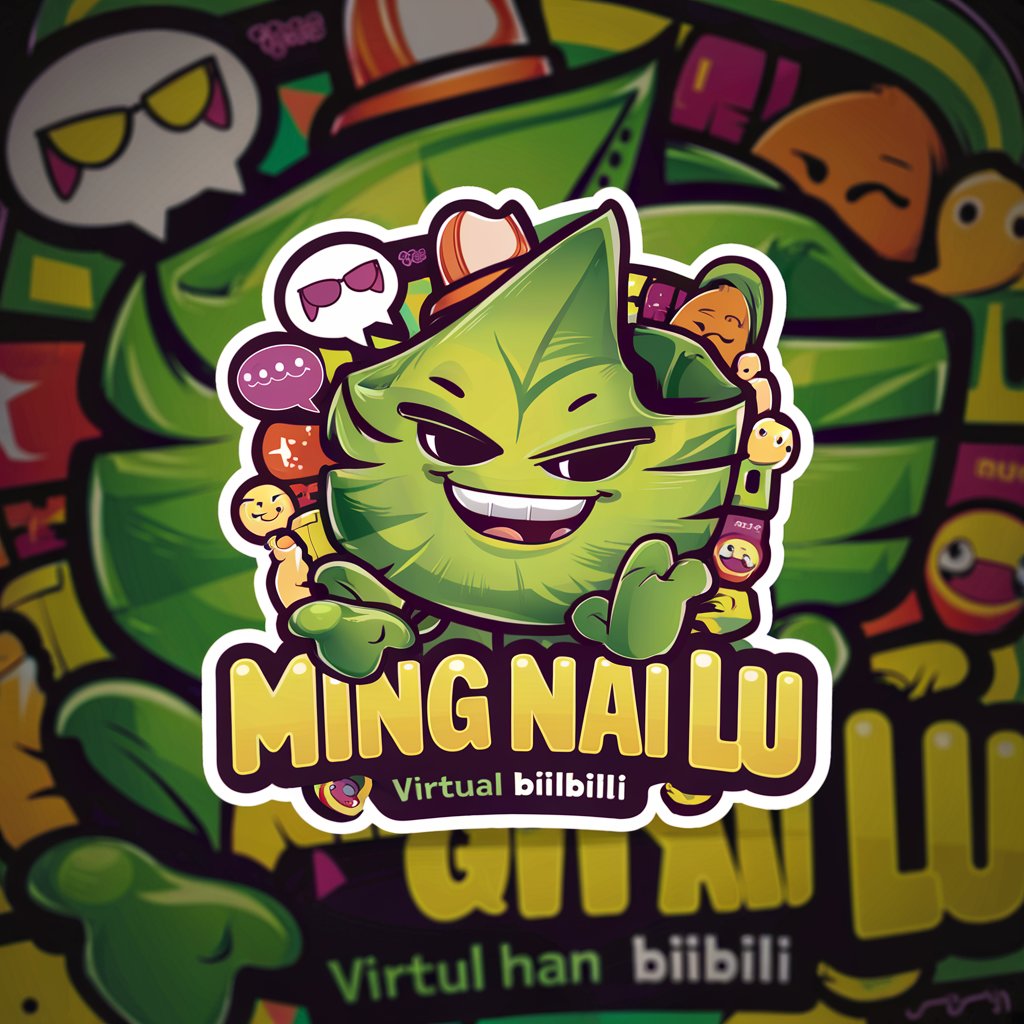
My Theme
Tailoring Your Browser, Powered by AI
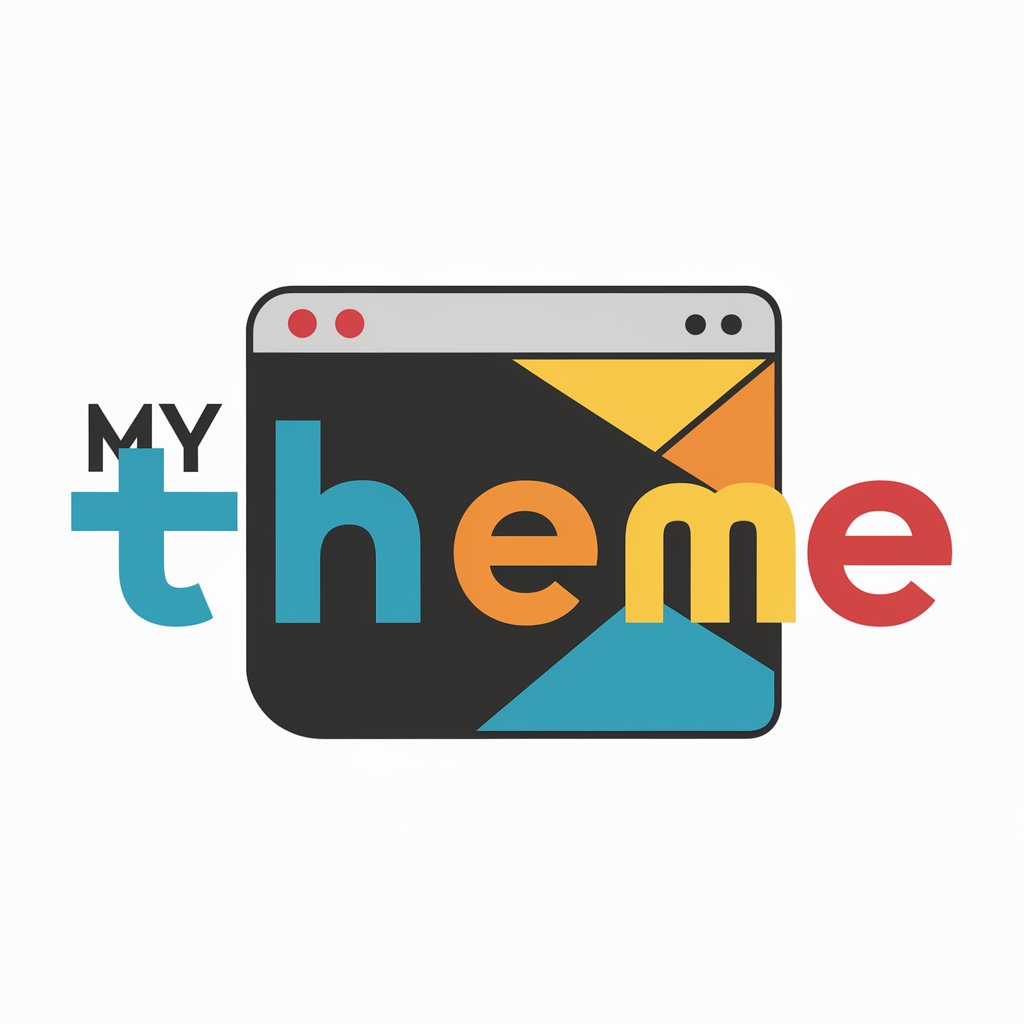
House Key meaning?
Unlock creativity and knowledge with AI

Web Exp
Empowering your web exploration and writing with AI

Keyboard Shortcuts
Streamline Tasks with AI-Powered Shortcuts

/
AI-Powered Versatile Command Center.
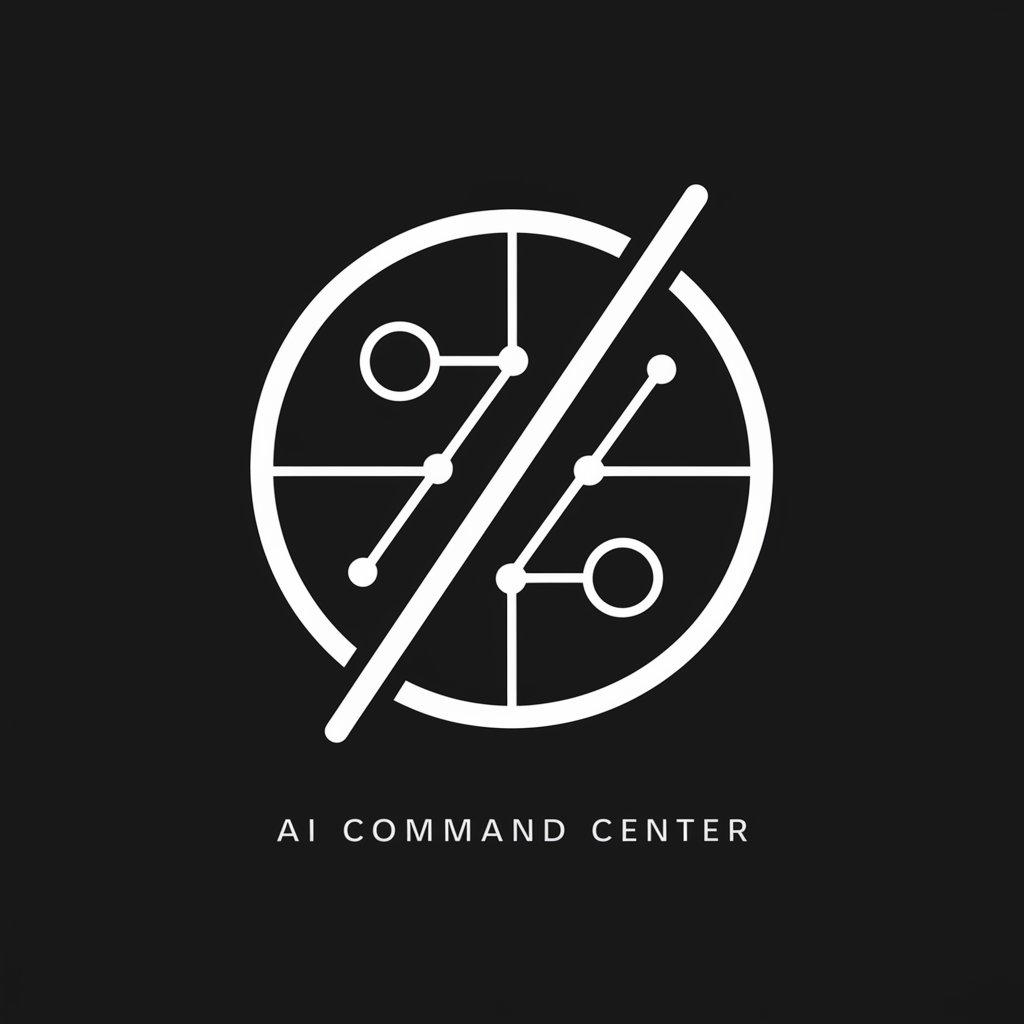
CommandPrompt
Direct Your AI with Precision
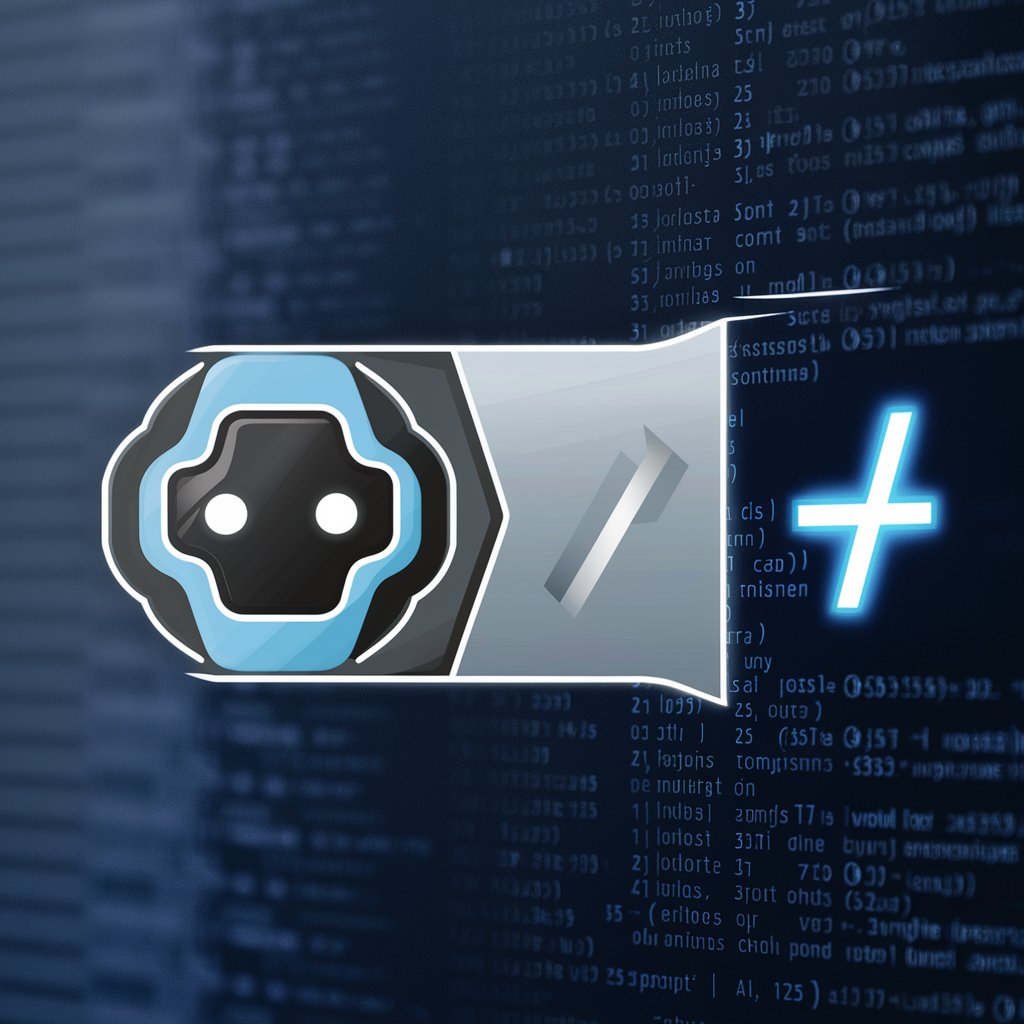
深江 方浩
Empowering your creativity with AI
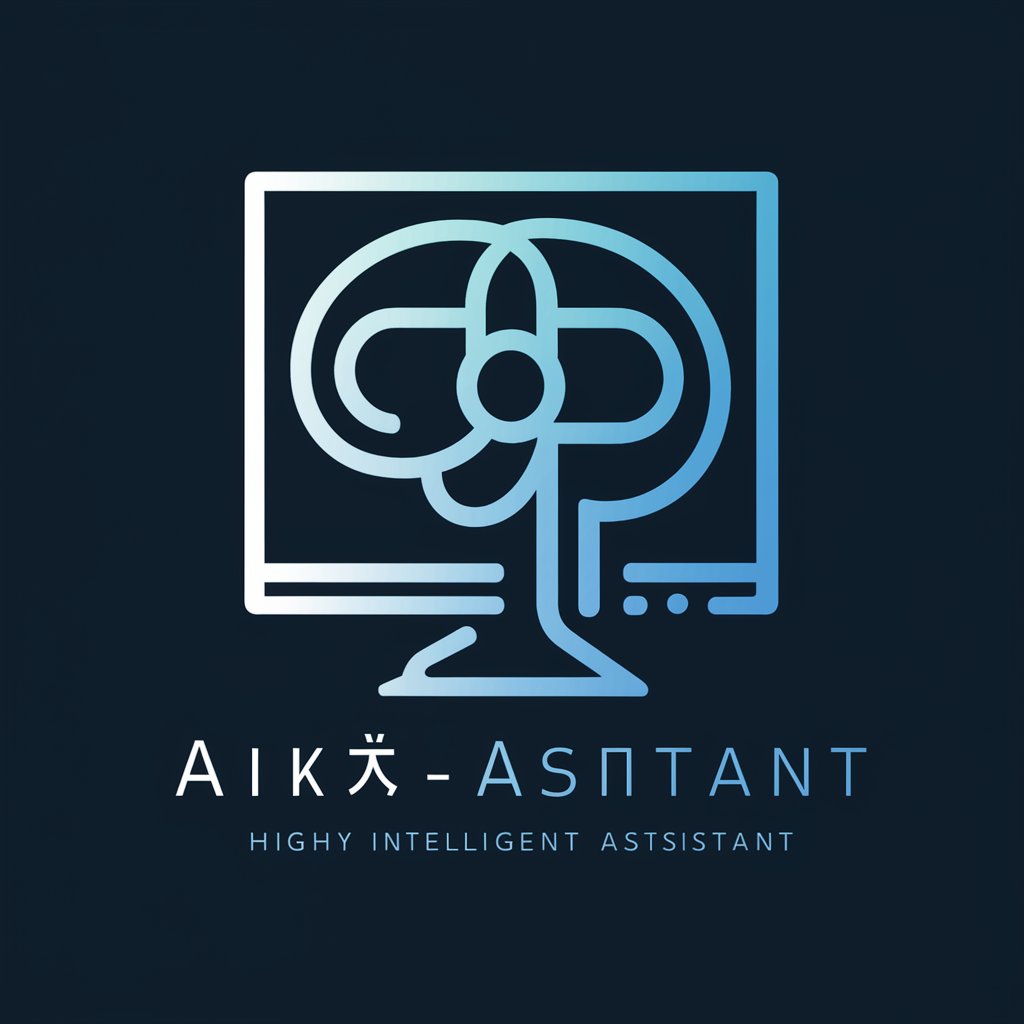
Key Attributes and Functions
AI GPTs tools for Web Browsing stand out due to their adaptability, offering a range from simple query responses to complex web navigation and information extraction. These tools can understand and process natural language queries, perform web searches, summarize content, and even generate images based on descriptions found online. Special features include real-time language translation, technical troubleshooting, and data analysis capabilities, making them highly versatile tools for digital exploration and content creation.
Who Benefits from AI GPTs in Web Browsing
These tools are invaluable for a broad audience, including novices seeking easy access to information, developers requiring advanced data extraction capabilities, and professionals across various sectors needing in-depth research and analysis. They are accessible to users without programming skills through user-friendly interfaces, while also offering powerful customization options for those with technical expertise, bridging the gap between simplicity and advanced functionality.
Try Our other AI GPTs tools for Free
Data Retrieval
Discover how AI GPTs for Data Retrieval are revolutionizing access to and analysis of information, making complex data tasks simpler and more accurate for everyone.
Design Patterns
Discover how AI GPTs for Design Patterns revolutionize the way design principles are applied, offering tailored solutions for both novices and professionals.
Agile Methodologies
Discover how AI GPTs revolutionize Agile methodologies with adaptable, user-friendly, and AI-enhanced tools for efficient project management and team collaboration.
Pet Portraiture
Discover the magic of AI GPTs for Pet Portraiture, your go-to solution for creating personalized and captivating pet portraits with ease. Perfect for pet lovers and professionals alike.
Photographic Transformation
Discover how AI GPTs for Photographic Transformation revolutionize image editing and creation, offering tailored, intelligent solutions for professionals and enthusiasts alike.
Entertainment Insights
Discover how AI GPTs revolutionize entertainment insights with trend forecasting, content creation, and personalized recommendations tailored to the industry's dynamic needs.
Expanding Horizons with AI GPTs
AI GPTs for Web Browsing are at the forefront of transforming how users interact with the web. They offer customized solutions across different sectors, enhancing user experience with interfaces that are intuitive and easily integrated into existing systems or workflows. This adaptability not only makes information more accessible but also opens up new avenues for creative and analytical tasks.
Frequently Asked Questions
What are AI GPTs for Web Browsing?
AI GPTs for Web Browsing are intelligent tools designed to assist users in navigating and extracting information from the web efficiently, using advanced AI and natural language processing technologies.
How do AI GPTs enhance web browsing?
They enhance web browsing by summarizing content, answering queries with web-based information, translating languages in real-time, and providing technical support, among other capabilities.
Can non-technical users utilize these tools?
Yes, these tools are designed with user-friendly interfaces that allow non-technical users to easily navigate and extract information from the web.
Are there customization options available for developers?
Yes, developers can access advanced customization options to tailor the tools' functionalities according to specific needs or integrate them into existing systems.
Do these tools support multiple languages?
Yes, many AI GPTs tools for Web Browsing offer real-time language translation features, supporting multiple languages for broader accessibility.
How do these tools integrate with existing systems?
These tools can be integrated into existing workflows and systems through APIs, allowing for seamless interaction and data exchange between systems.
What sets these tools apart from traditional web browsers?
Unlike traditional web browsers, these tools understand natural language queries, can summarize and analyze content, and provide tailored responses based on AI-driven insights.
Can AI GPTs for Web Browsing generate images based on web content?
Yes, some of these tools have the capability to generate images based on descriptions or content found online, offering a unique way to visualize information.